
What you should know about latex production
A latex outfit is all about making a huge impression and challenging the mainstream fashion. Today, latex is present in various spheres: it’s popular within fetish communities, among alternative fashion enthusiasts, and in gothic, punk, rock, and metal subcultures. The material can be seen in fantasy and science fiction films, where it emphasizes futuristic and superhero aesthetics. Thanks to its attractive, shiny surface, nightlife enthusiasts choose latex outfits for parties and hanging out in clubs. Moreover, latex can be found in the collections of high-fashion designers. You might not have thought about it yet, but creating the latex outfit is a challenging task with a significant amount of work behind it. Let’s explore in more detail all the challenges that latex crafters face.
Challenges in latex outfit creation
Being a material with specific properties, latex requires professional treatment, serious attention at all stages of production, and patience from those who work with it. It indeed has the ability to stretch, but this feature has its limits, so crafters should consider this peculiarity to handle it properly and avoid damage. Precise measurements are another challenge, as the accuracy of cutting impacts the fit. Any mistake at the cutting and gluing stages influences the final results. However, the first step in the handmade process begins with selecting high-quality latex sheeting of the preferred color and thickness level.
Color
Latex isn’t limited solely to classic black, red, and white. Today, you can find a great variety of bold and restrained options, including very exotic tones. The color of latex itself presents another challenge, as it influences the creation of the outfit to some extent. Lighter colors don’t forgive mistakes at the stages of gluing or cutting, as all those imperfections can draw unnecessary attention later when individuals wear outfit. That’s why crafters pay extra attention when working with lighter shades of latex.
Light-colored material is also more vulnerable to stains that requires careful handling during the manufacturing process to avoid getting dust and other substances on the latex. Sometimes, crafters add pigments or dyes to achieve the desired color of the material, and that’s where another challenge begins. When distributed unevenly, pigments can spoil the overall appearance of the outfit.
Thickness
Apart from colors, the thickness of latex plays a crucial role. Thicker material is more challenging to handle than thinner sheets. Cutting through thicker latex requires more precision, and neglecting attention to details at this production stage can result in tears or uneven edges. As thicker latex is characterized by reduced flexibility compared to thinner latex, it can be difficult to achieve certain designs. Bonding thick latex also challenges crafters, as it’s not that easy to create seamless bonds between various pieces.
Cutting and gluing
Additional care is required from crafters to bond various parts of latex during the gluing process. Tracing patterns onto material and cutting out the pieces should be done with responsibility to avoid tears or unnecessary stretching. Crafters also smooth out air bubbles and wrinkles with the help of a roller or by using fingers to provide the appeal of a smooth and glossy latex texture. Any mistakes at the cutting and gluing stage can result in weak seams, inconsistencies in the garment's stretchiness, and a bad impression about the brand, affecting the product's sale.
Reinforcing and shining
After the gluing stage, when glued pieces are dry, crafters move to the reinforcement stage. This is where seams and edges of the outfit go through the process of additional reinforcement by applying thin strips of latex, layers of fabric, or using special reinforcement tape. When you mention latex, you immediately draw a picture of a shiny surface in your mind. This process takes place after the outfit has been fully constructed, and any necessary reinforcements are done.
Before shining, the latex surface is cleaned of dust and debris using mild soap and water. Then the shining product is applied. For this purpose, the crafters use a latex shiner or silicone-based lubricant. The procedure improves the overall look and protects the material.
After the shining product has been applied, the latex surface is gently rubbed or polished with a soft cloth to distribute the shining product evenly on the surface. The latex can also be buffed with a soft cloth or sponge to make it even shinier and remove any excess shining product. After that stage, the crafters let the latex dry – this can involve air-drying or using a lint-free cloth. In the final stage, crafters add various embellishments and details to the outfit such as zippers, buttons, studs.
Our Latex Production
All items from our collections are 100% handmade, created with a huge amount of dedication, love for the craft, and a focus on achieving the best possible result by skillful Ukrainian craftswomen. We love what we do and enjoy challenging ourselves on our journey to explore new bold ideas, capable of emphasizing the merits of each individual, regardless of figure type, age, and gender.
To produce latex outfits, we use material originated from England. We purchase high-quality latex in various color and thickness options from Radical Rubber, a supplier of latex sheeting for fetish fashion. The company has established itself as a reliable supplier of latex for both fetish fashion enthusiasts and leading manufacturing companies. We are pleased to incorporate their material into our collections. Radical Rubber helps us push the boundaries of our creativity, derive immense pleasure from the creative process, and successfully achieve the shared goal of promoting latex clothing worldwide.

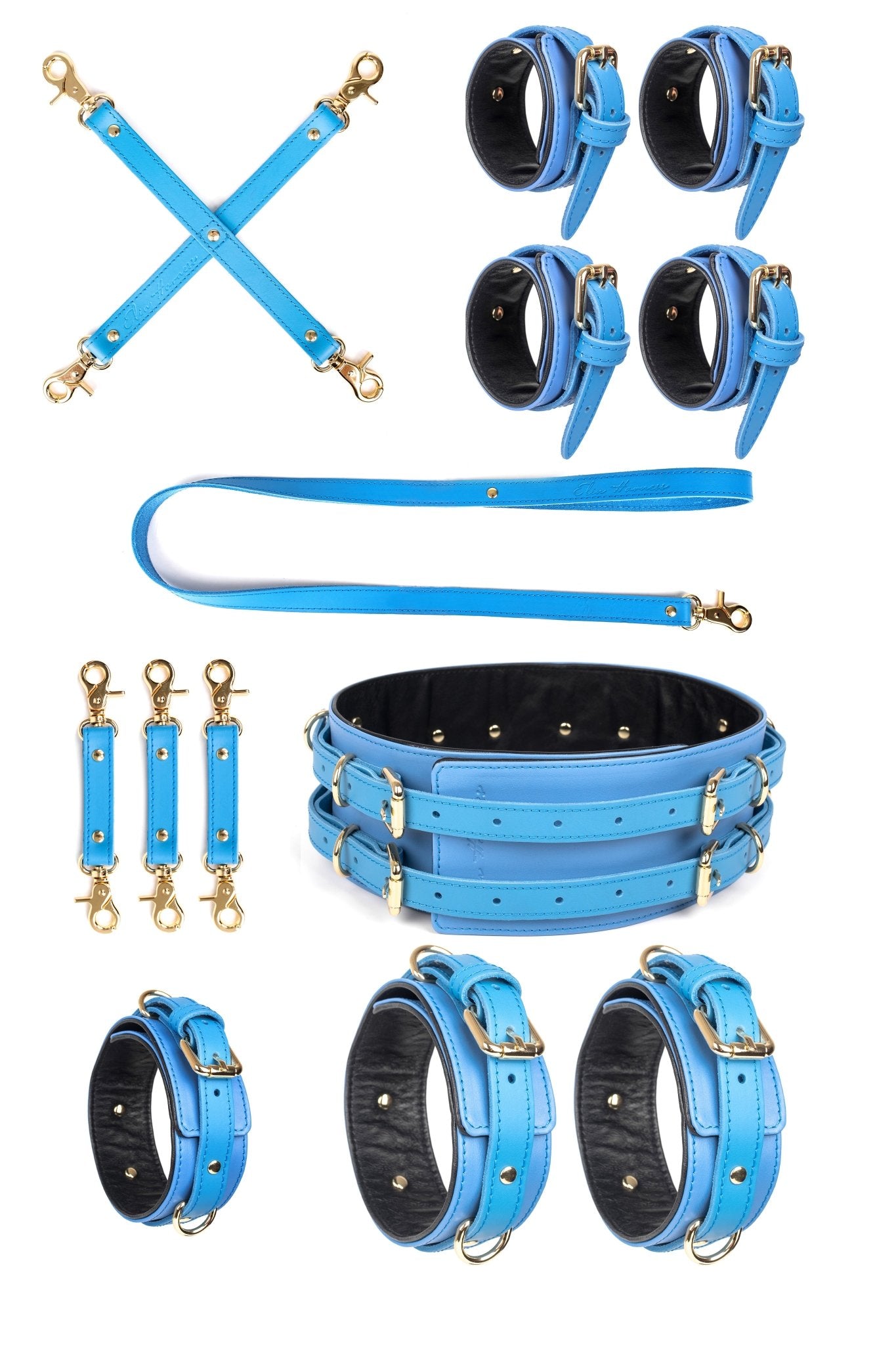


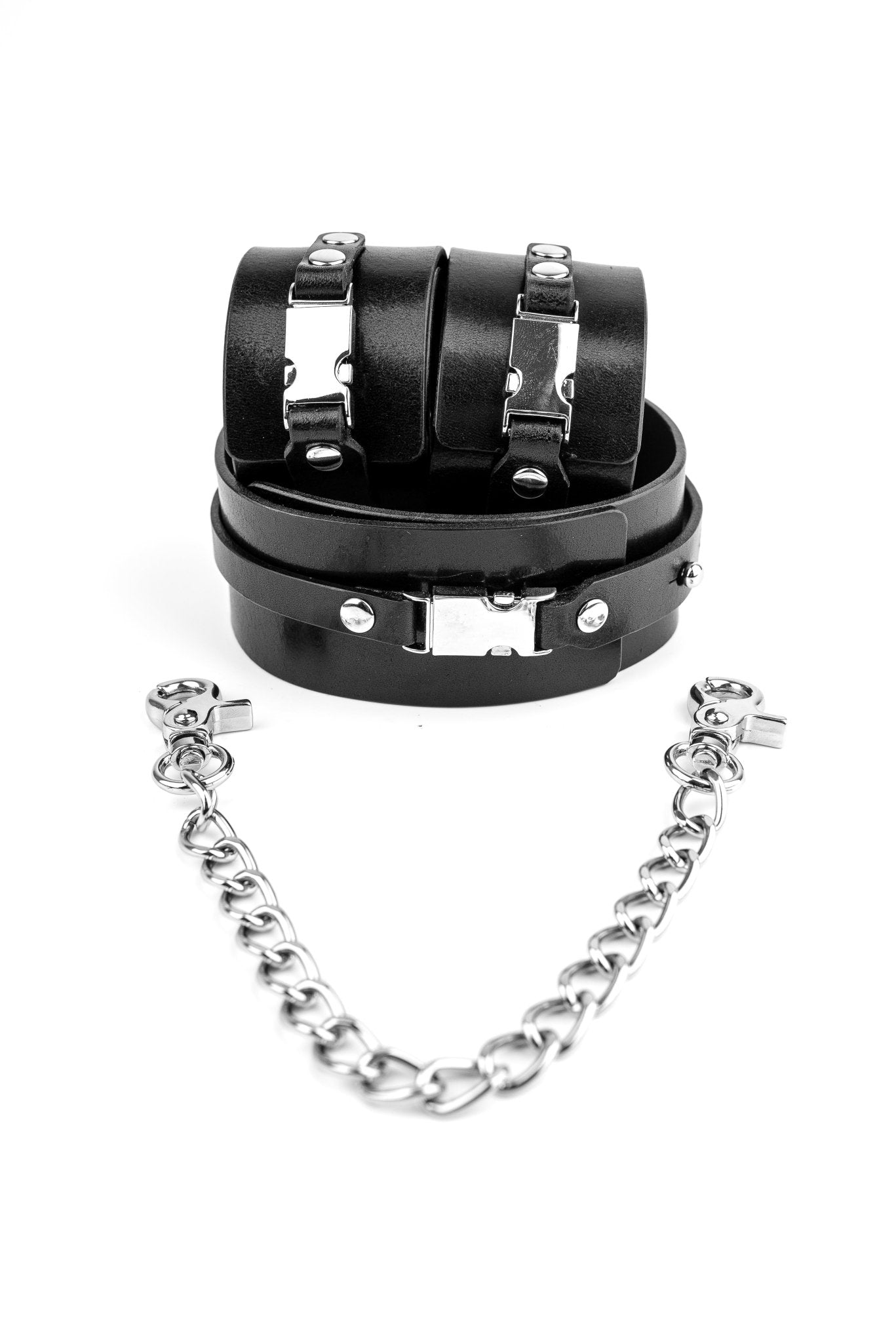


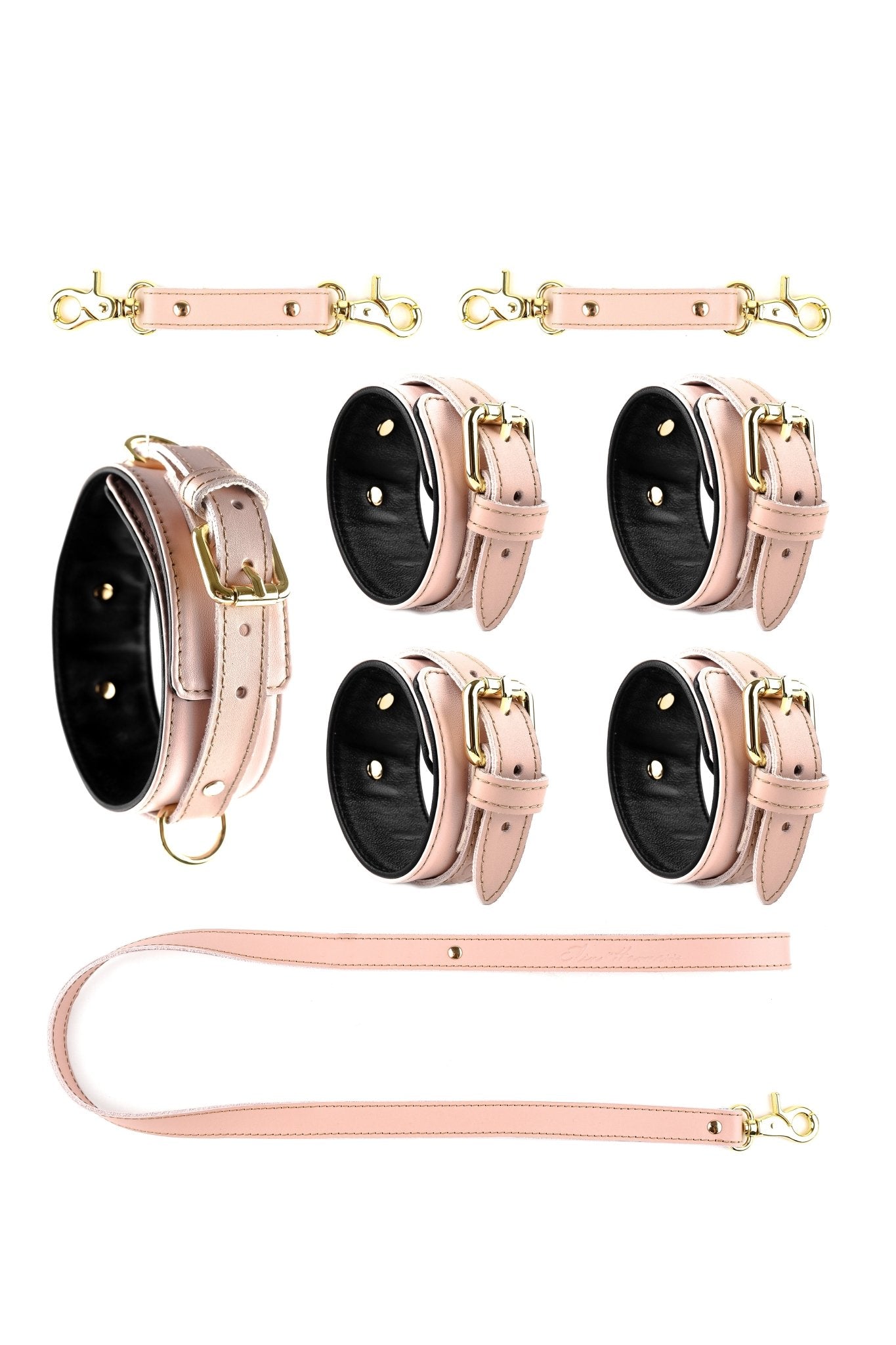








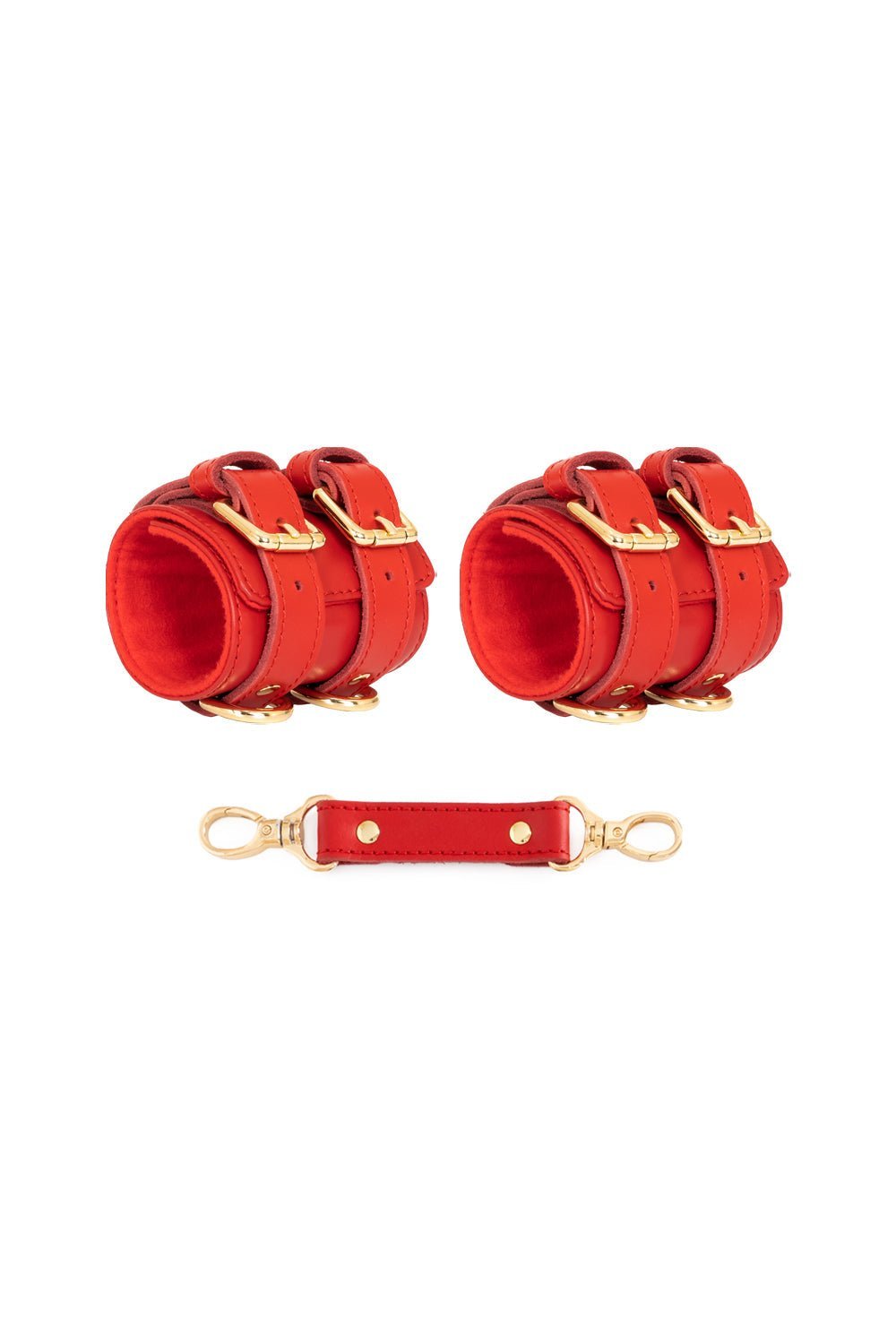
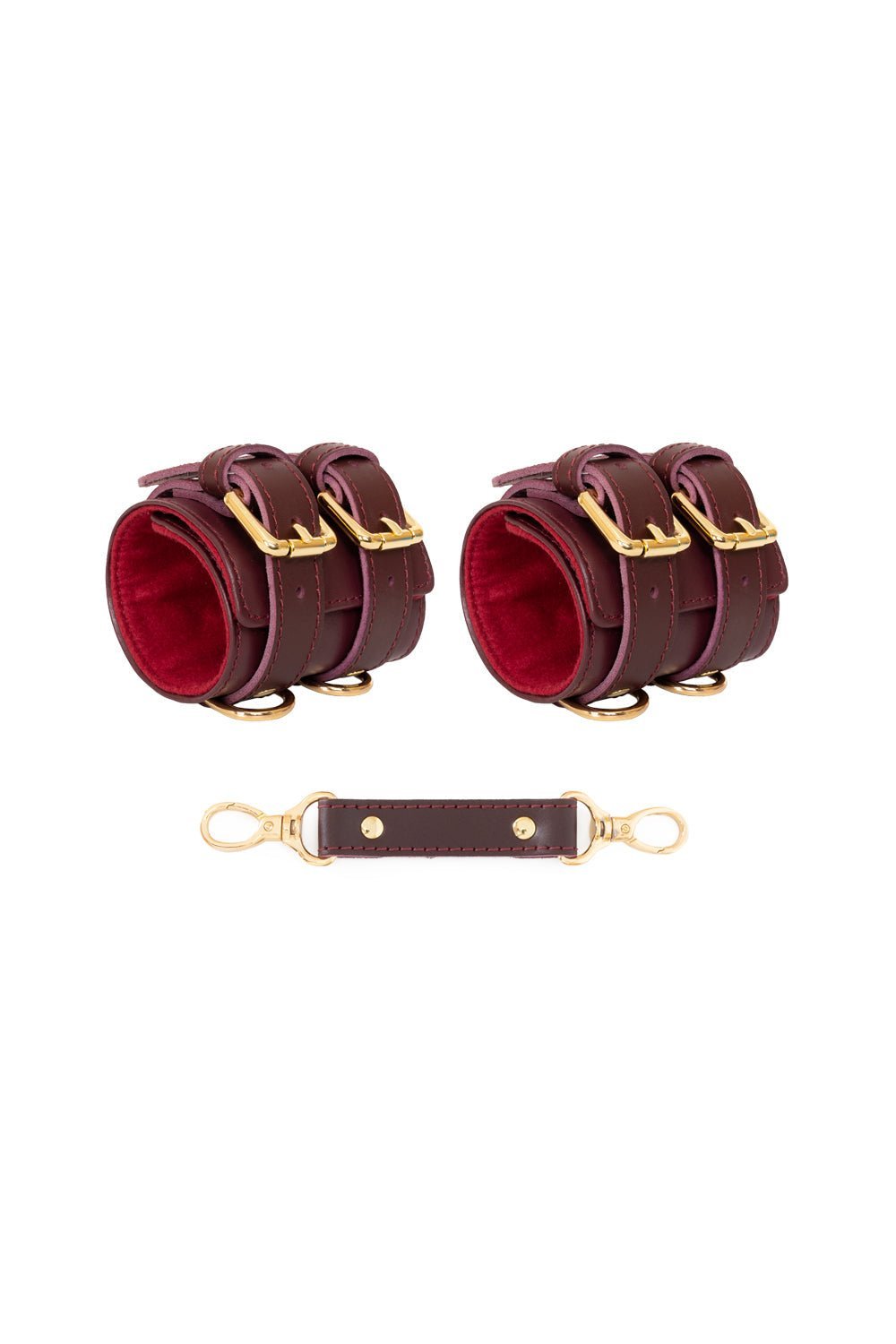
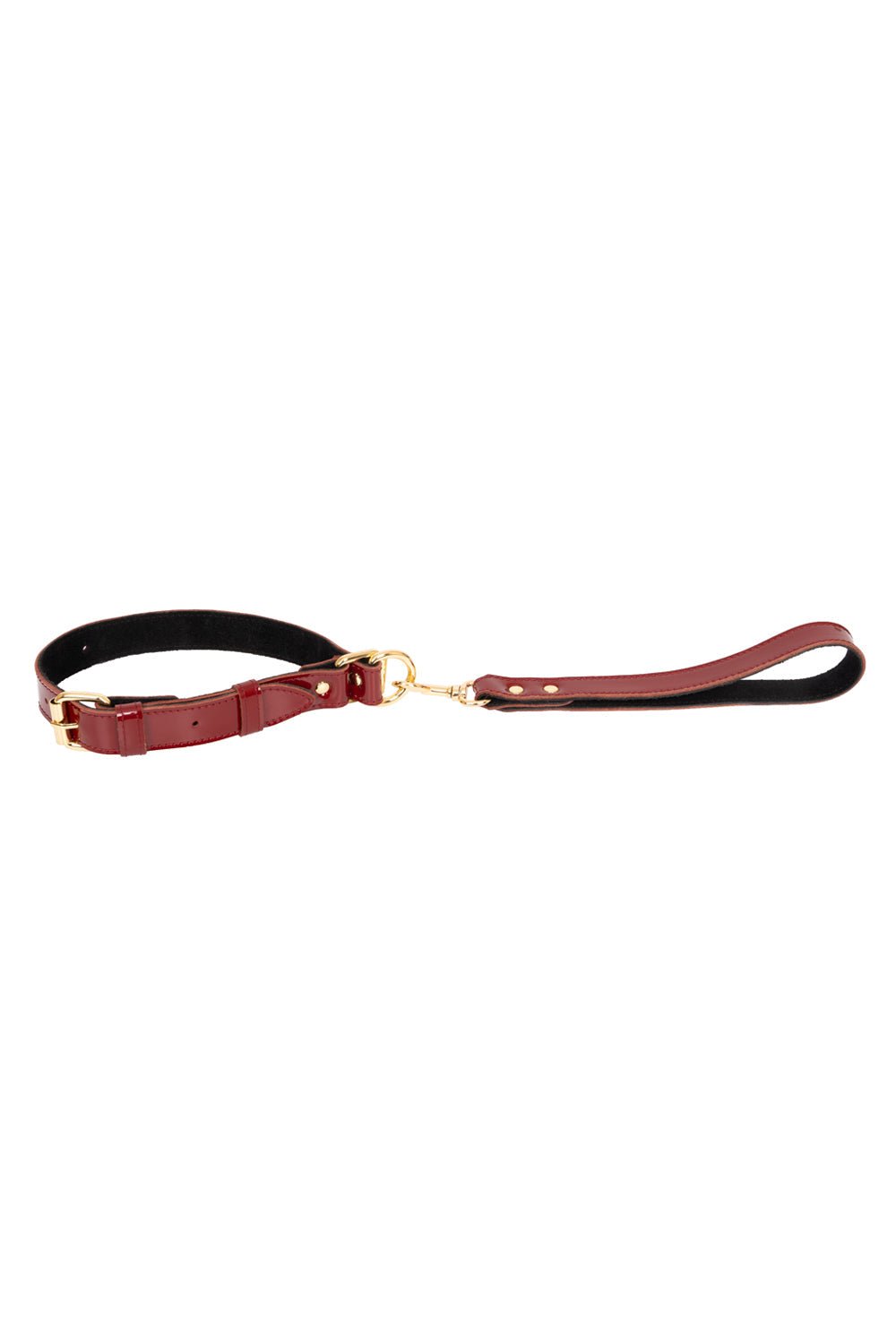



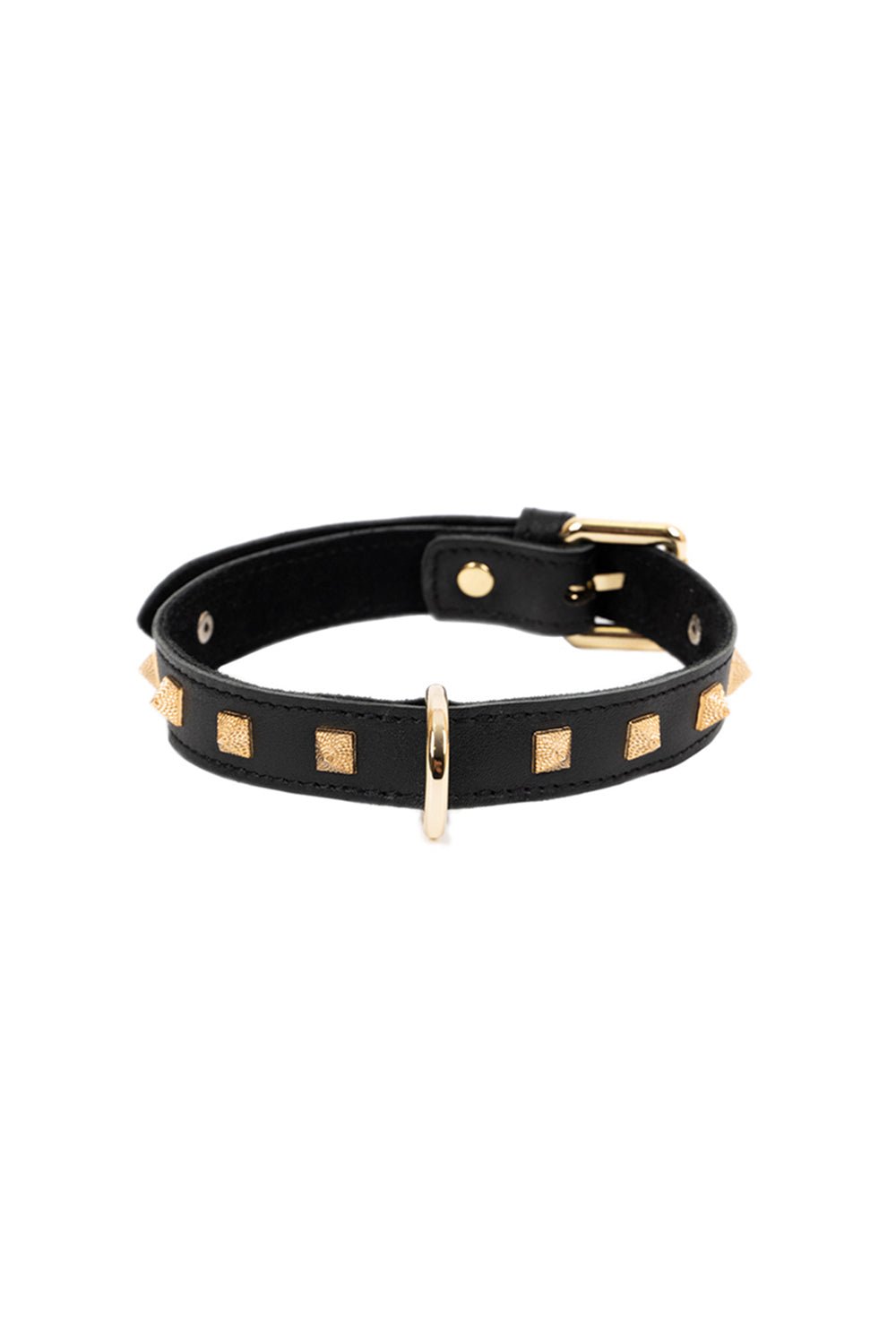

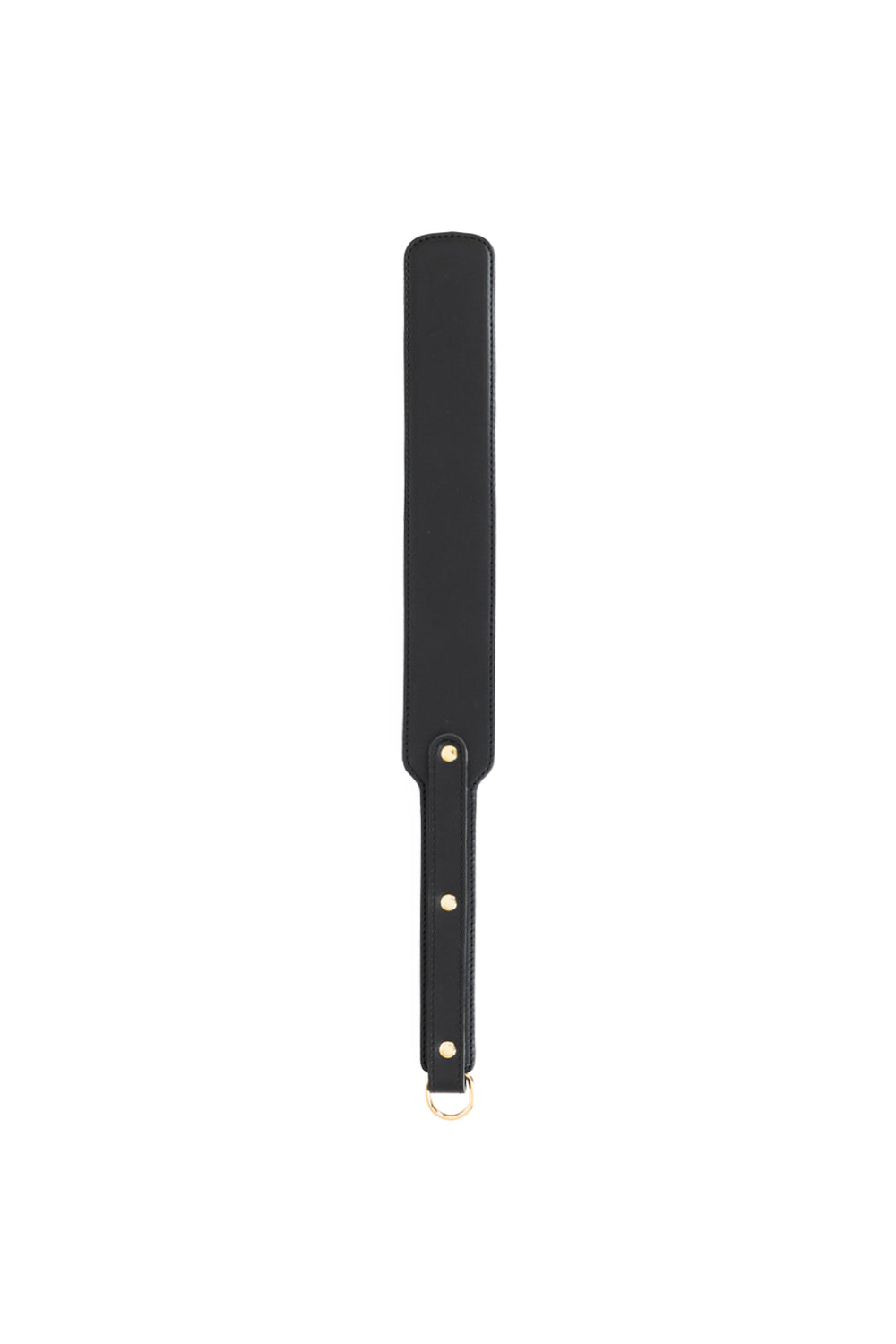


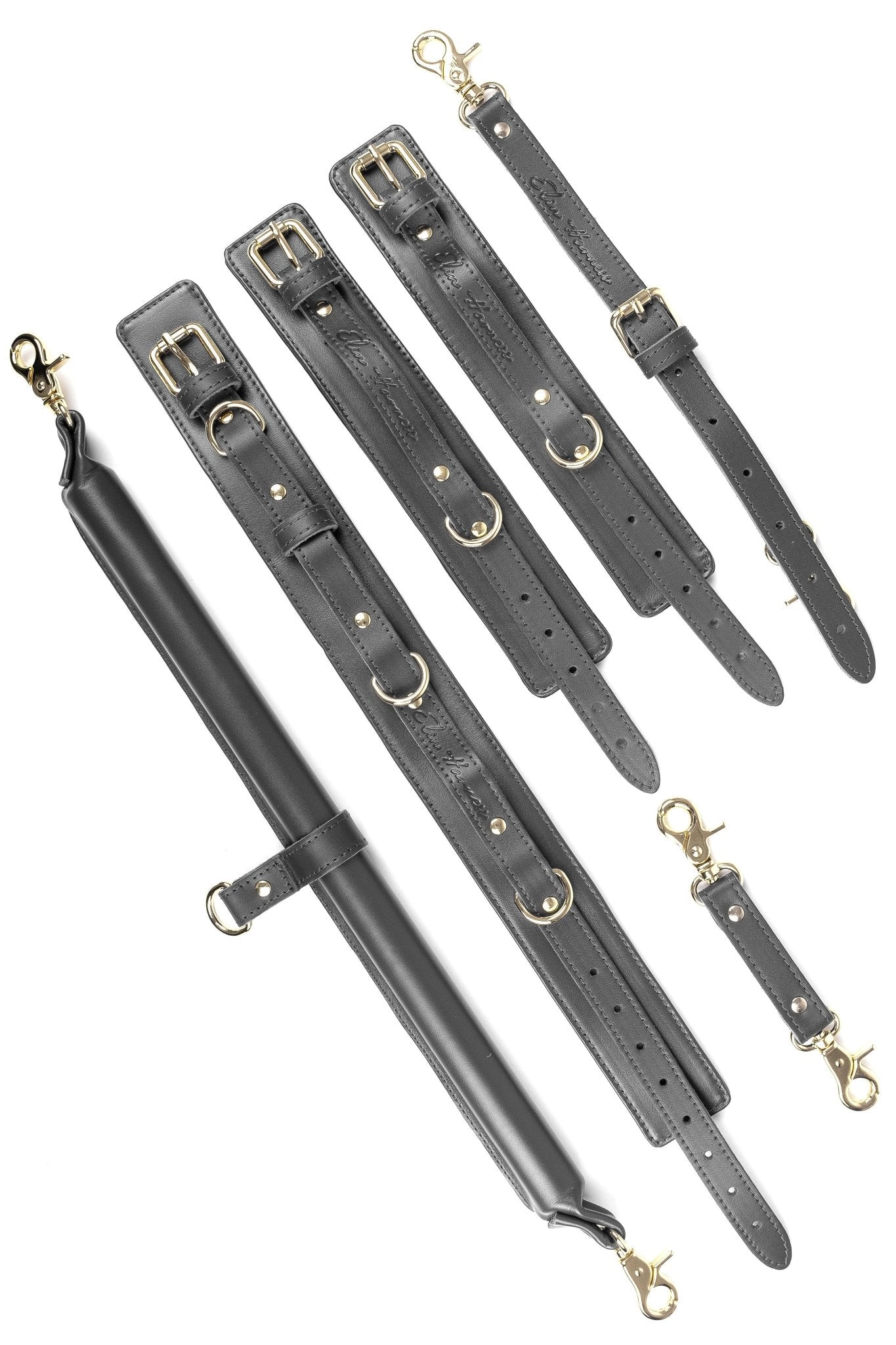








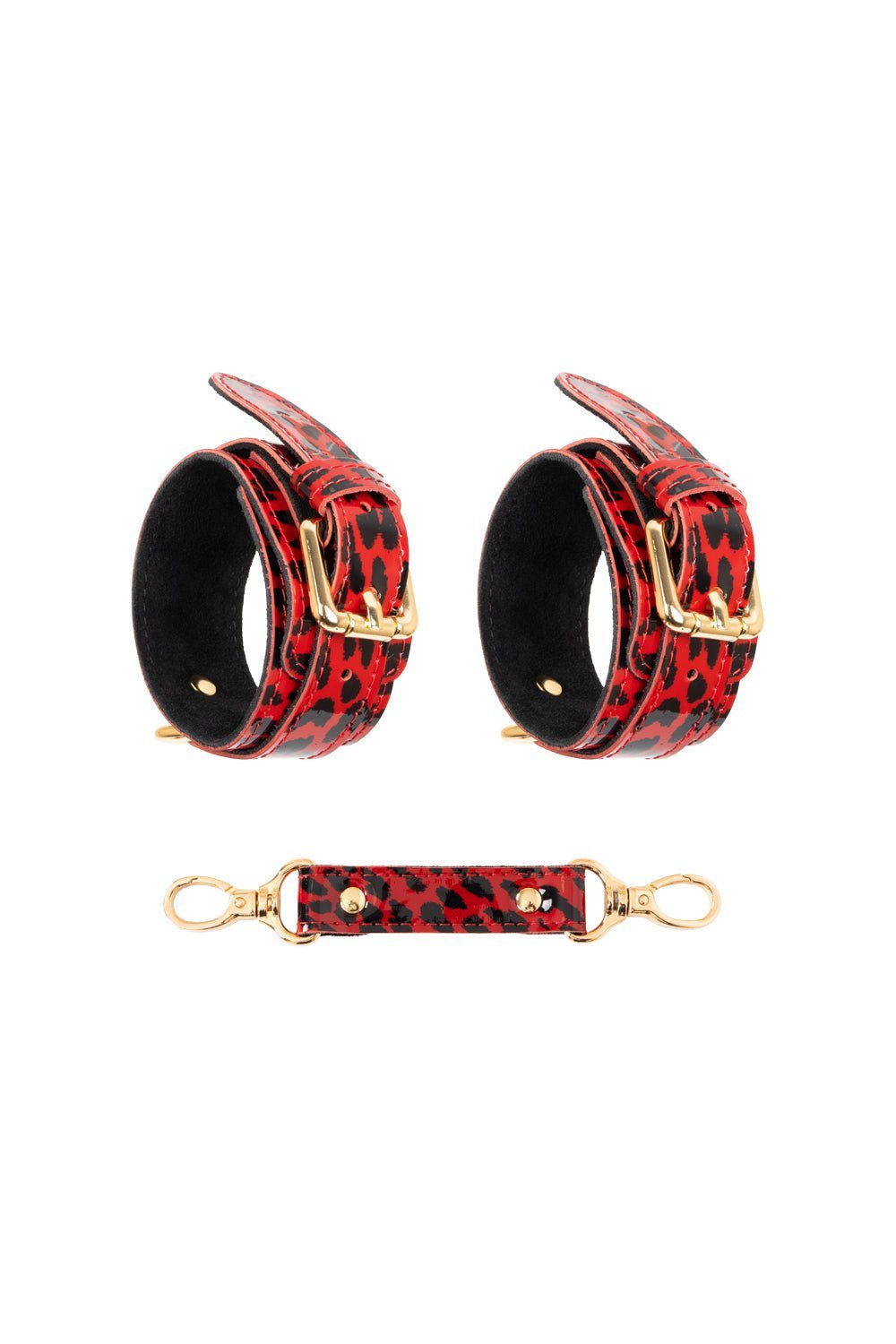






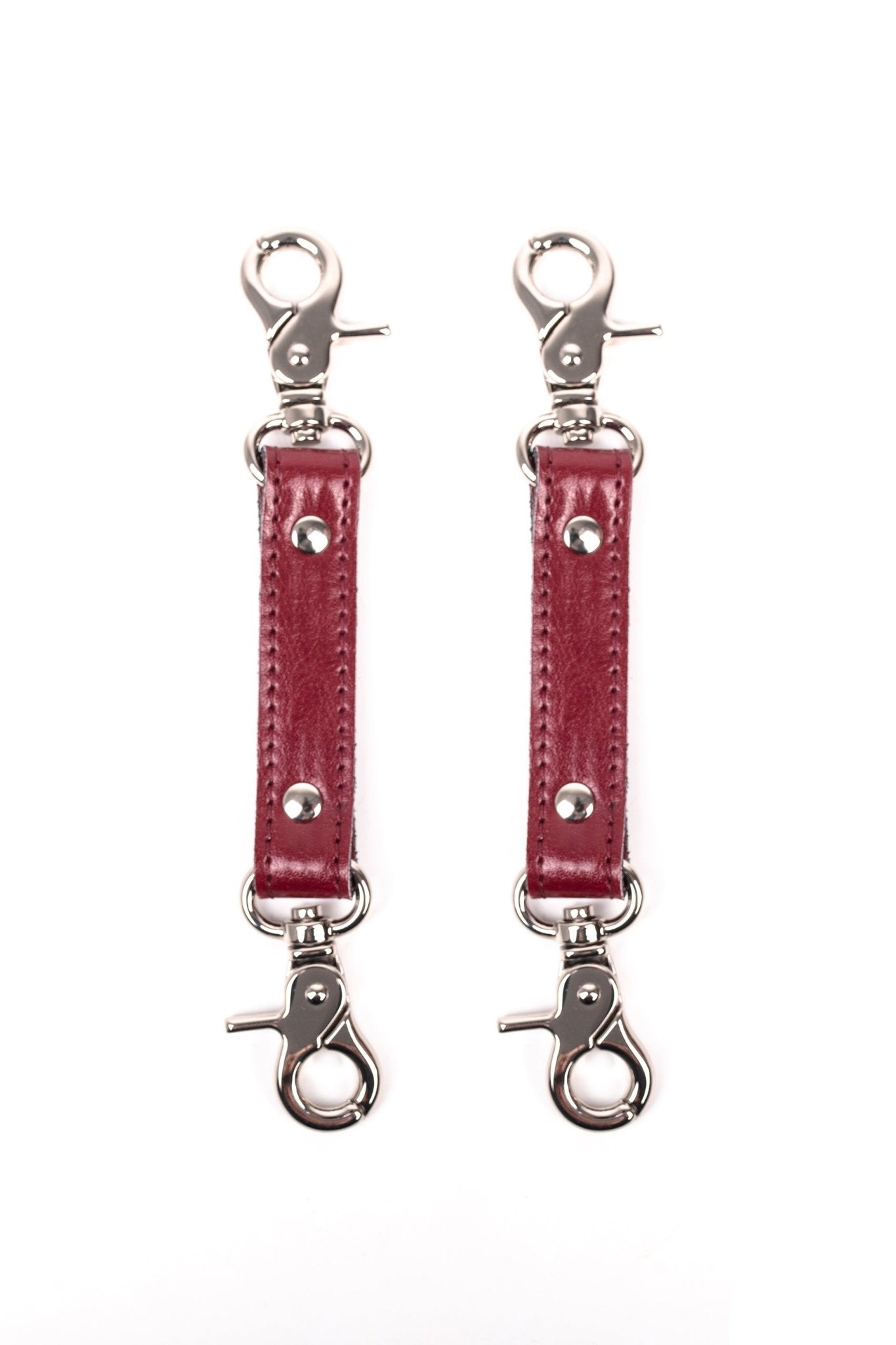
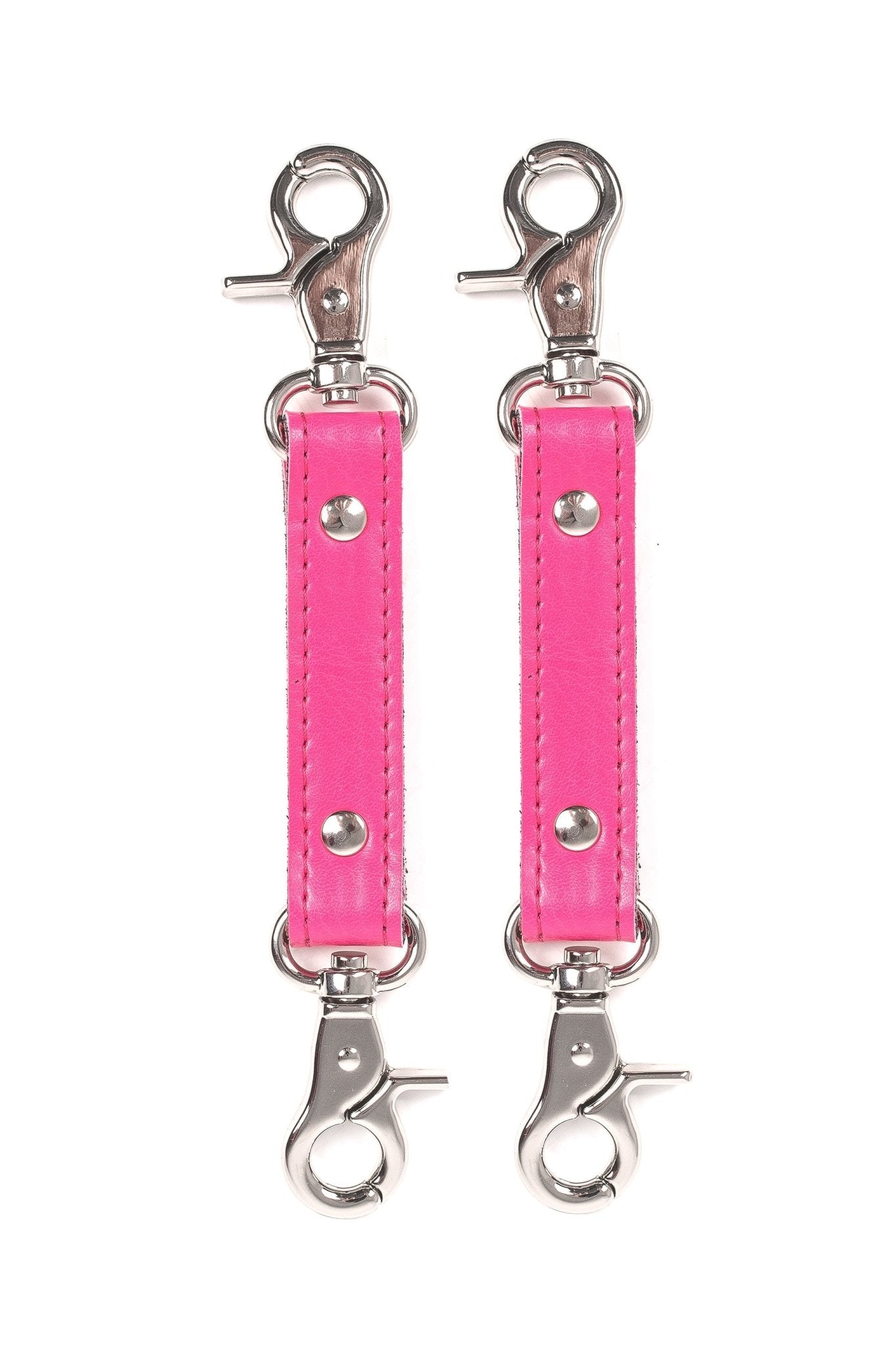


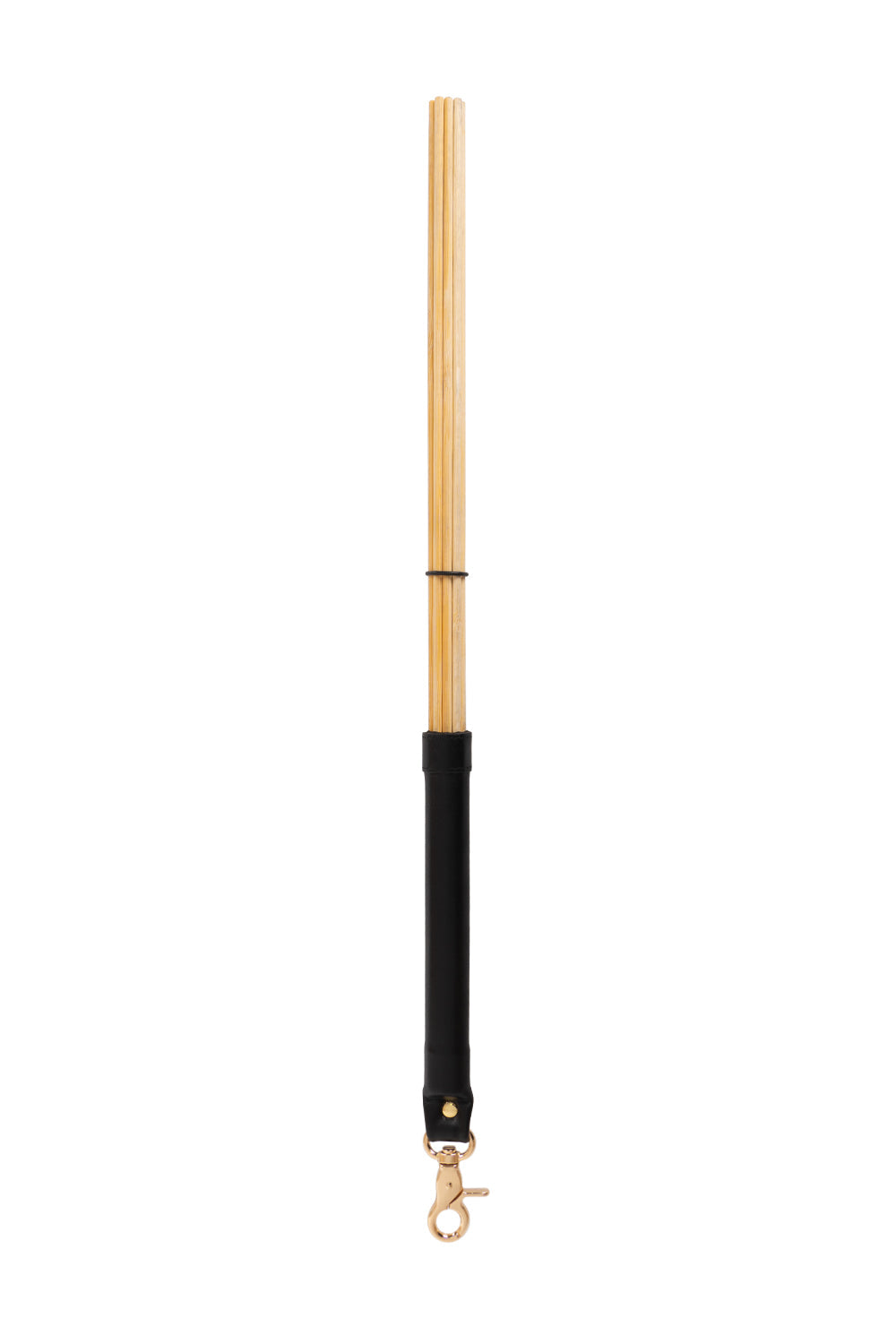
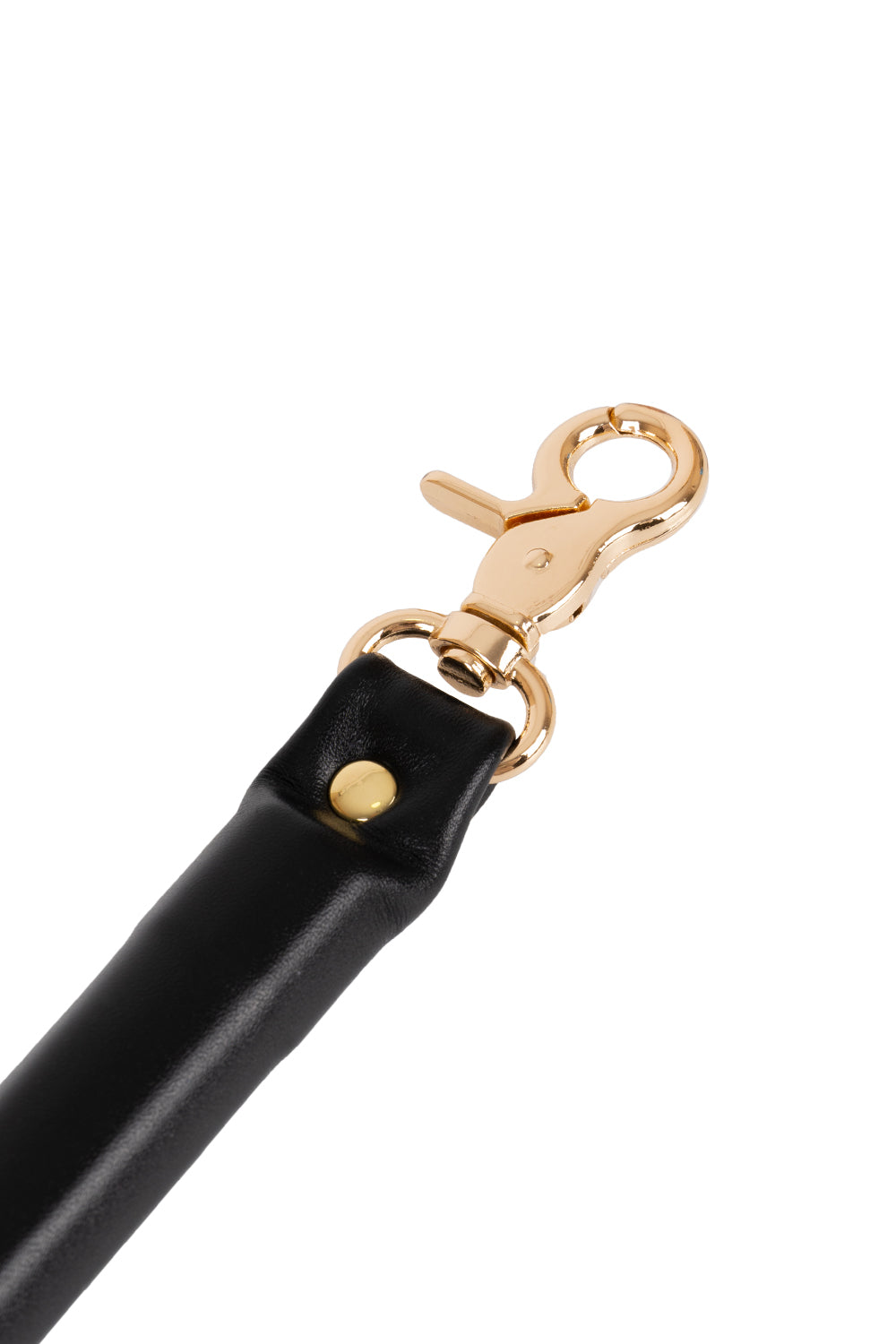
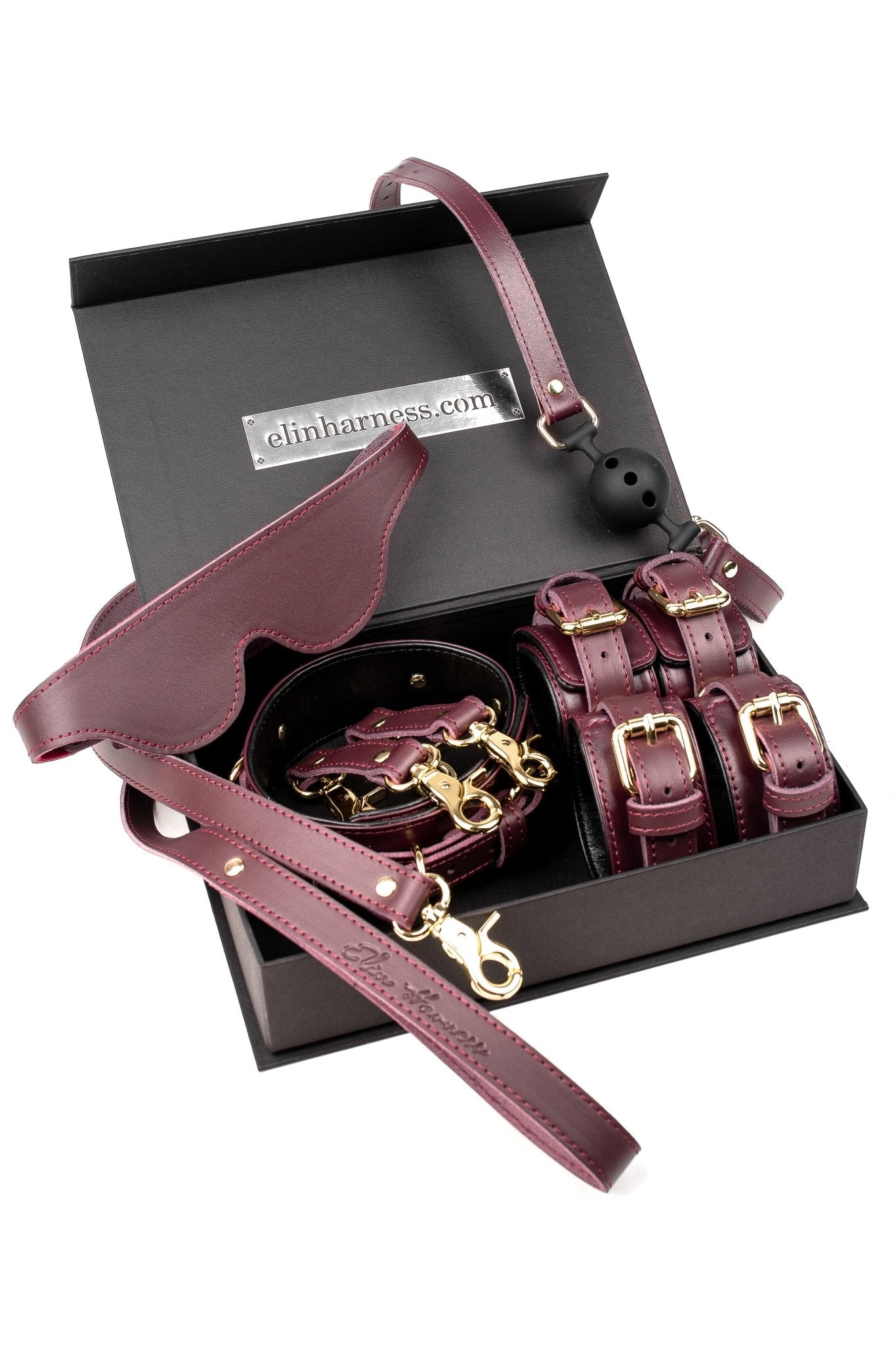






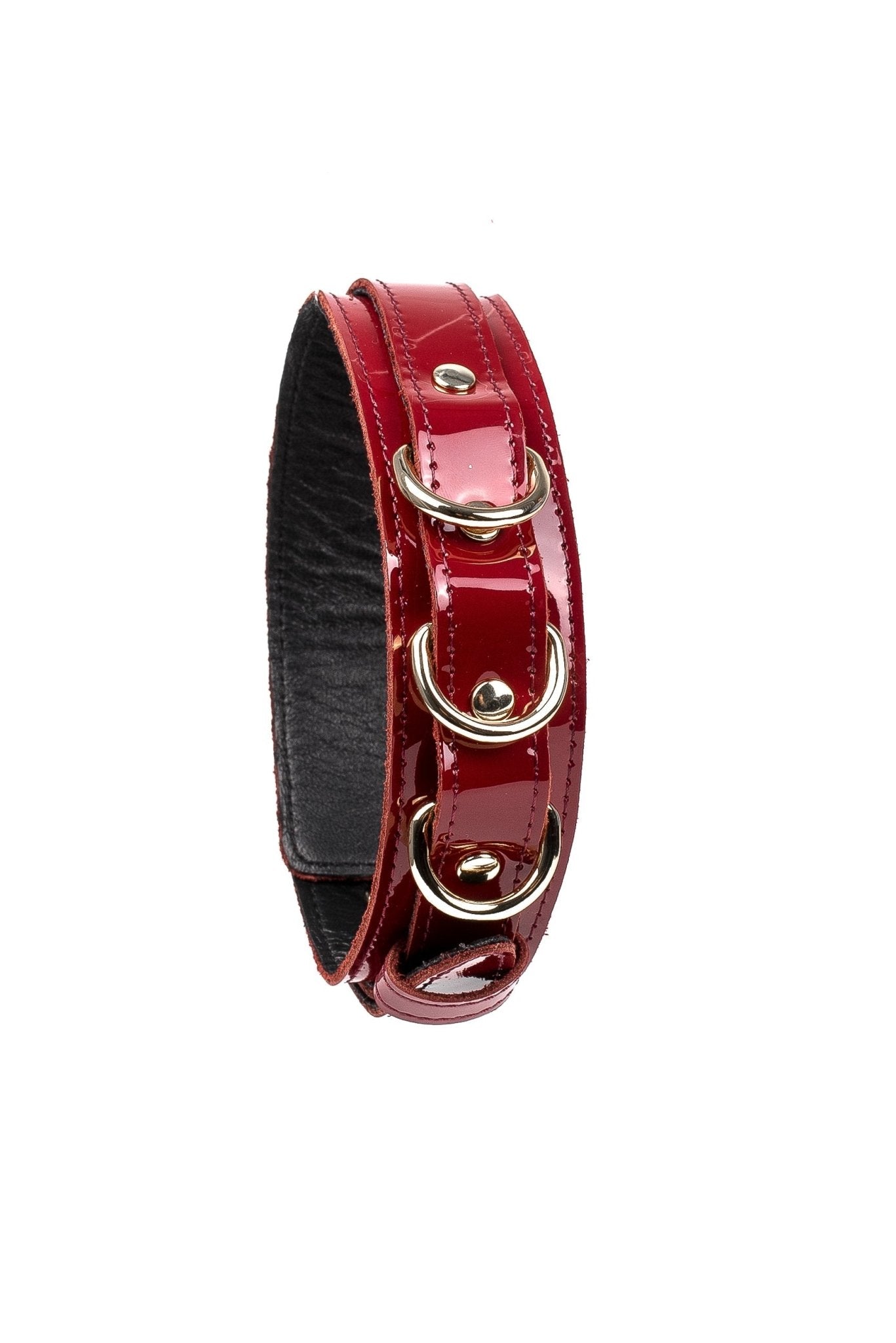








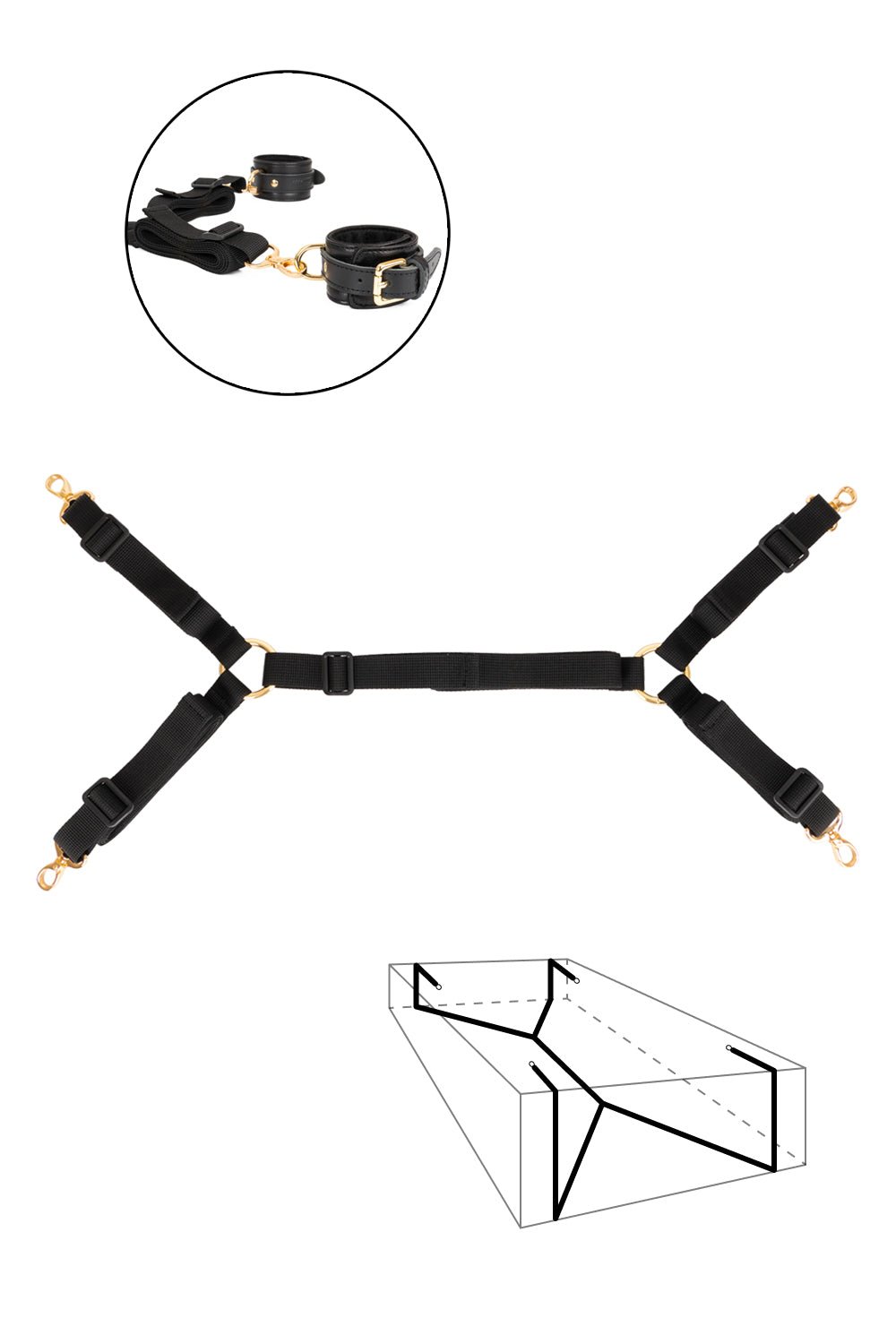
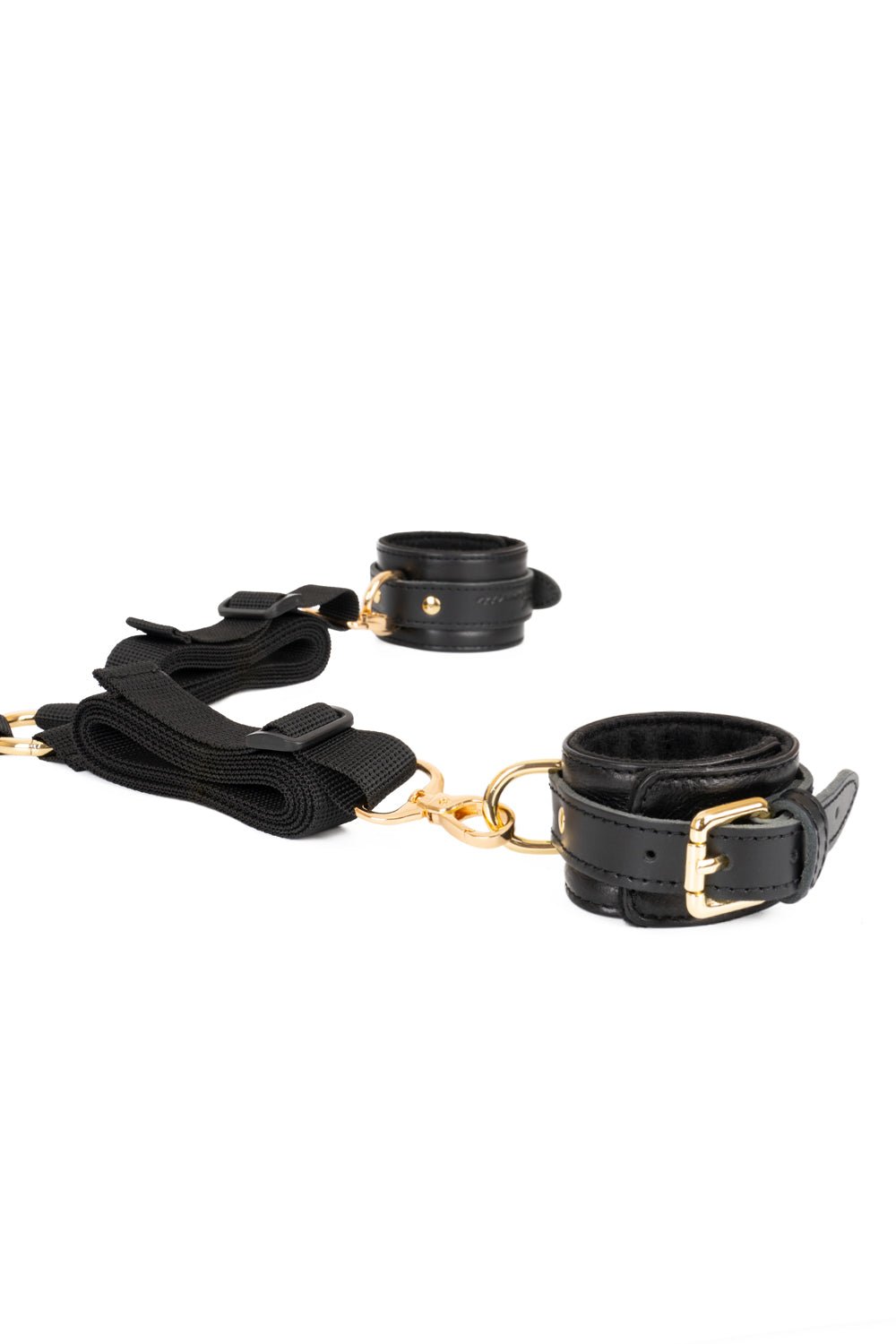

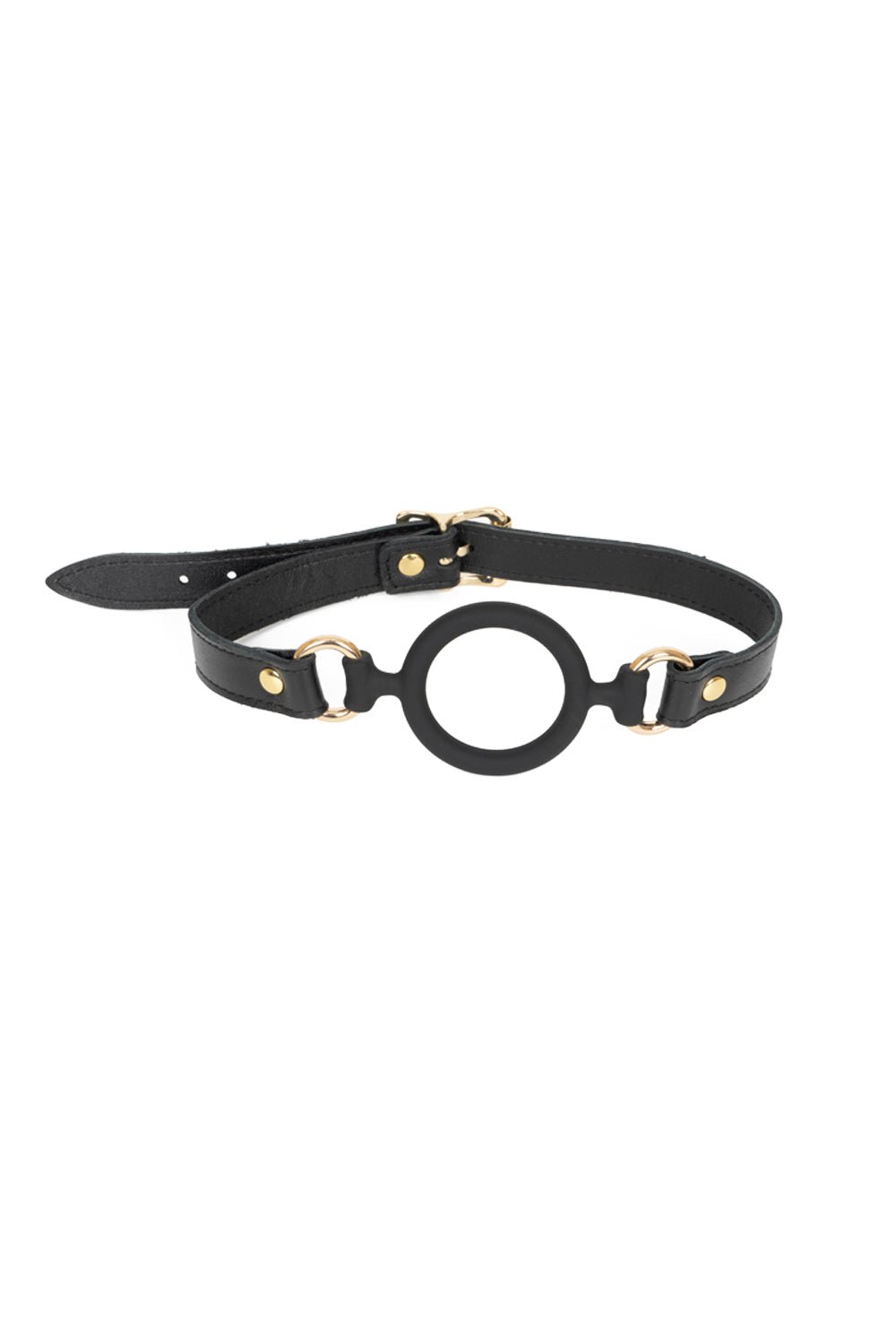
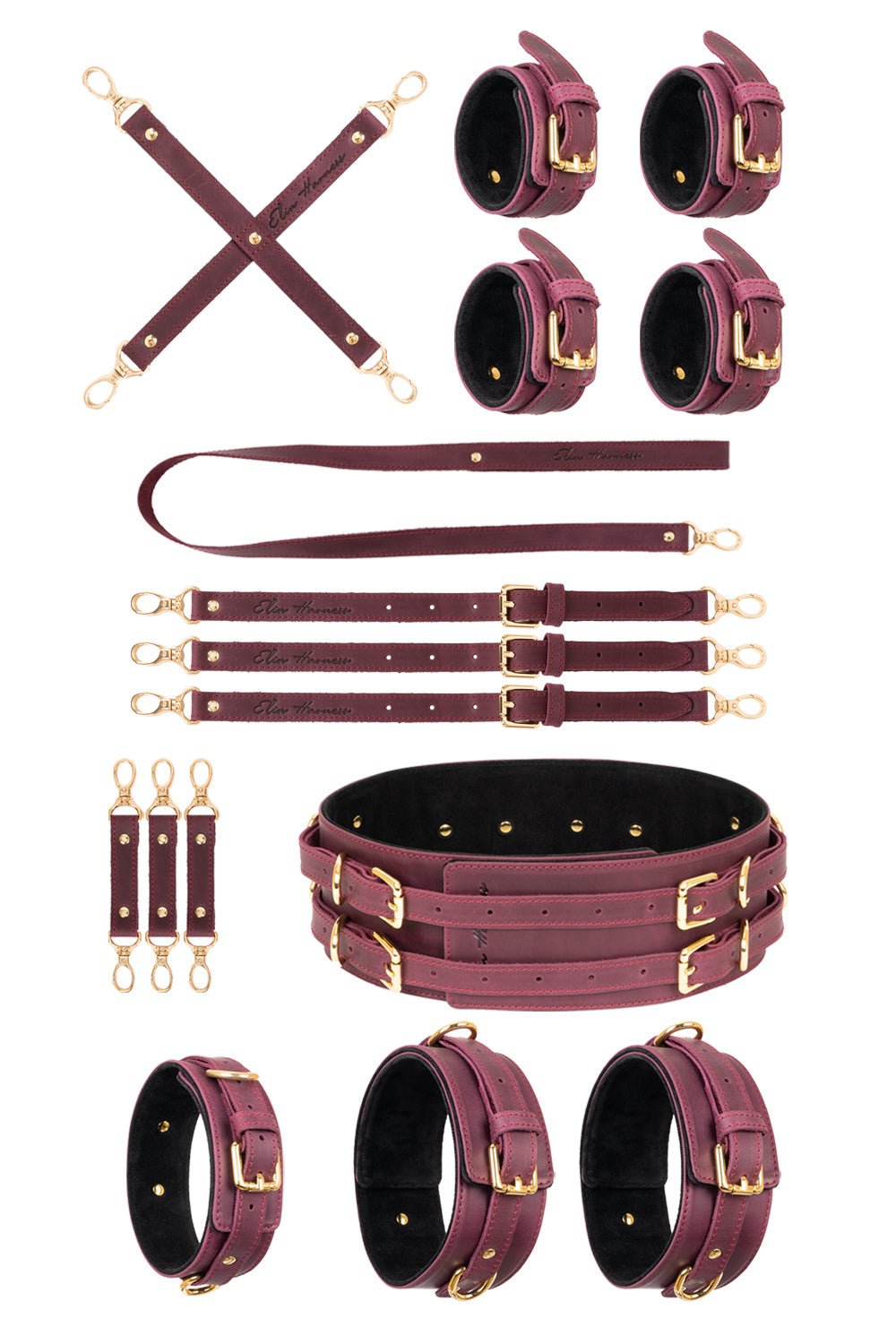
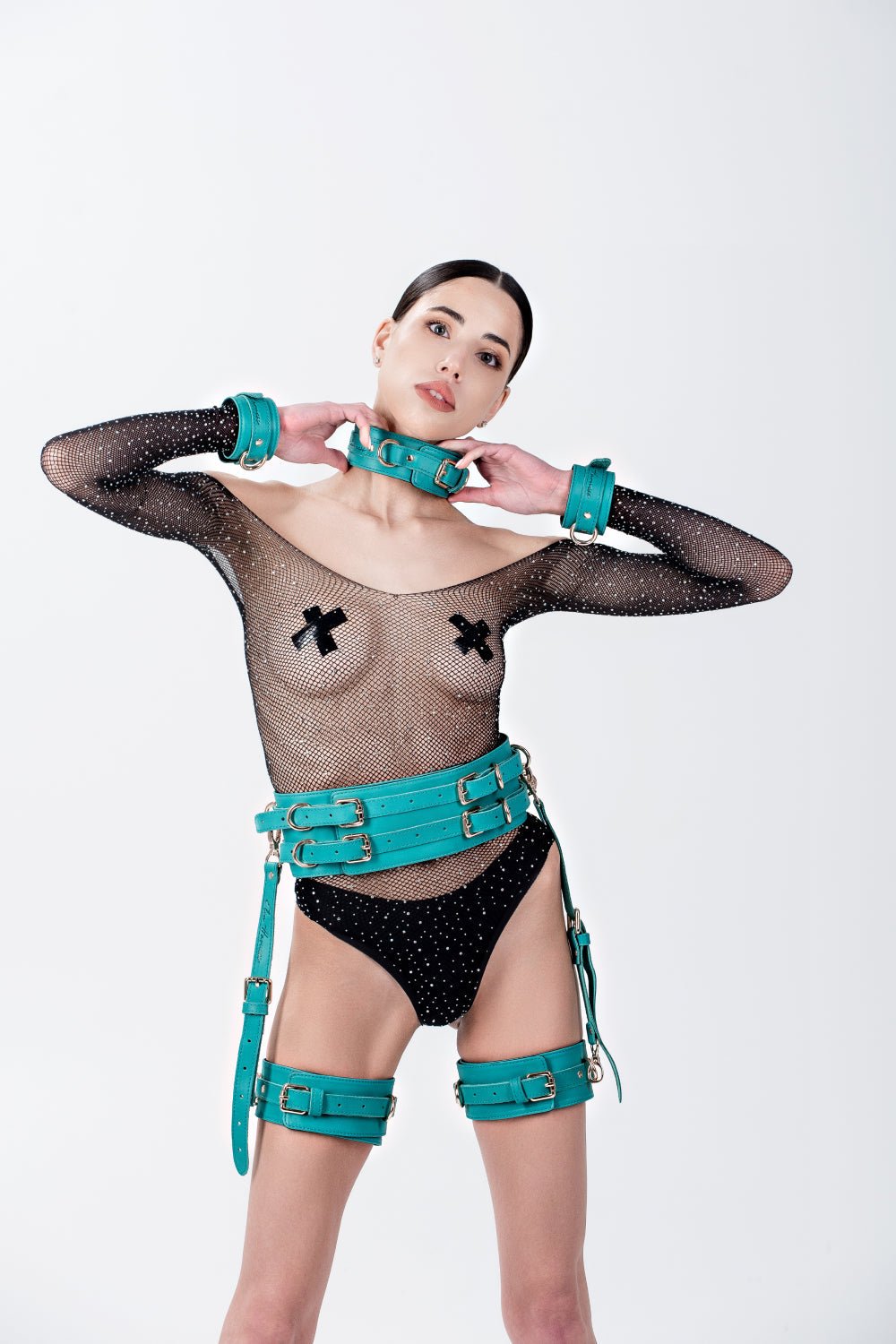
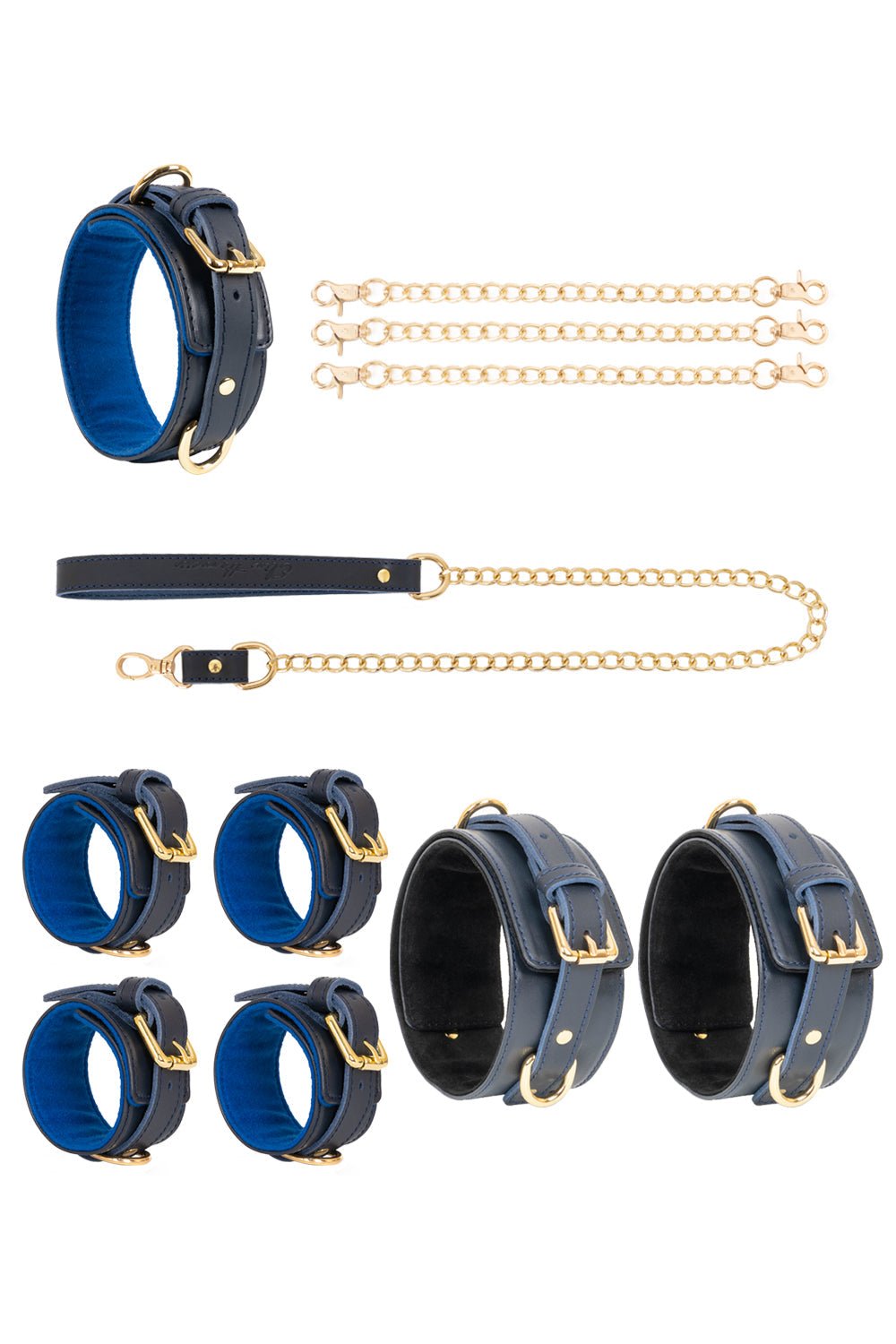
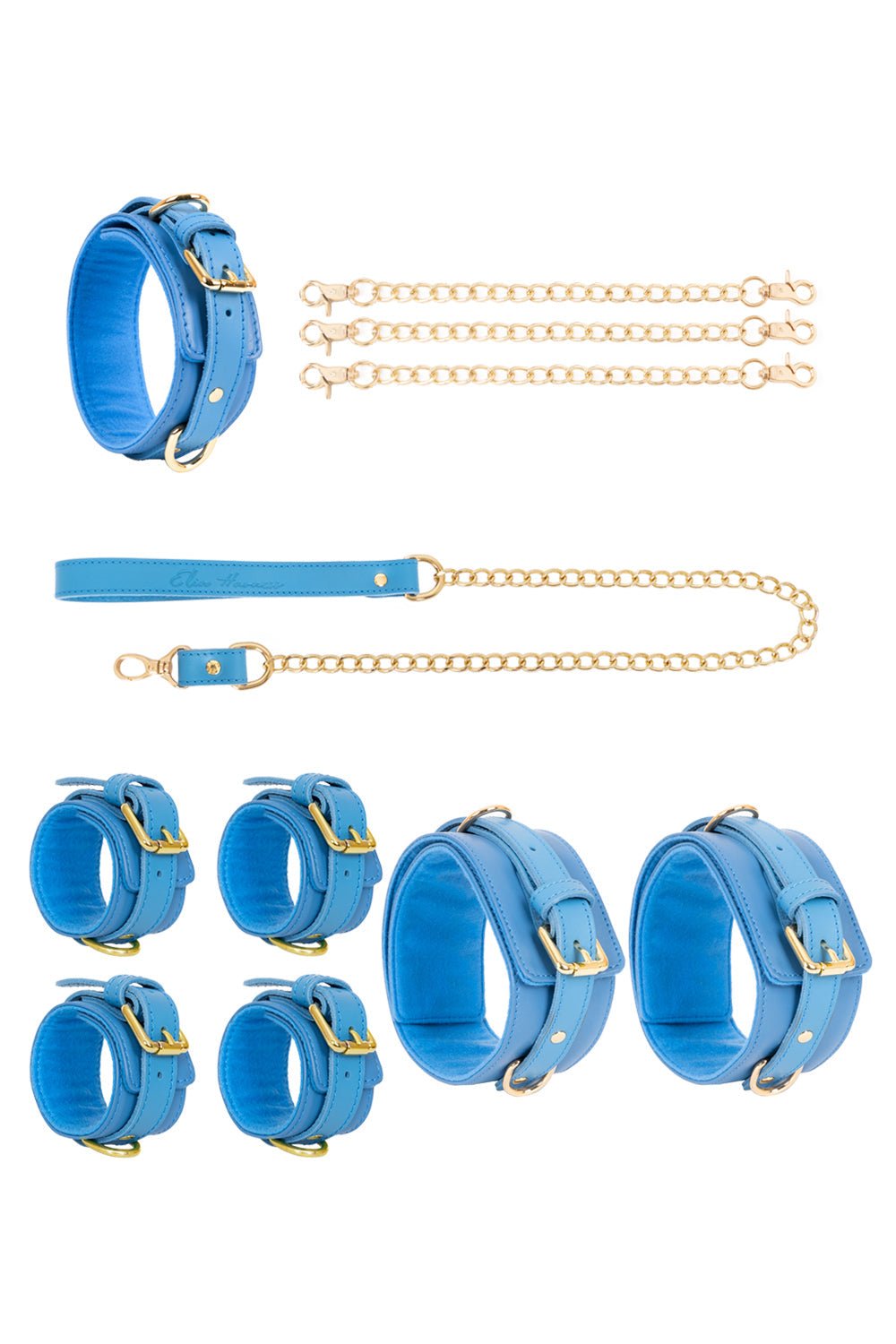
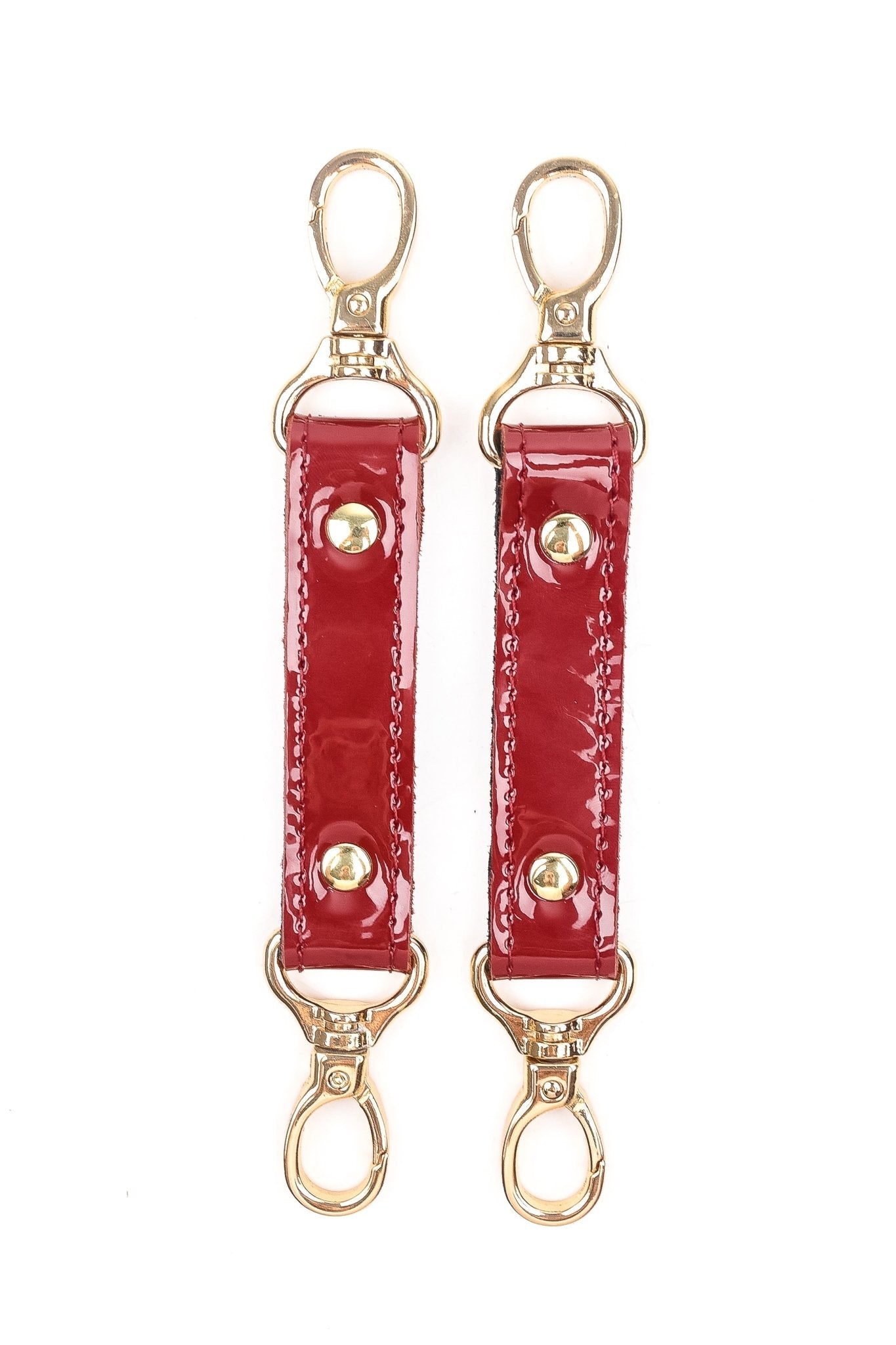


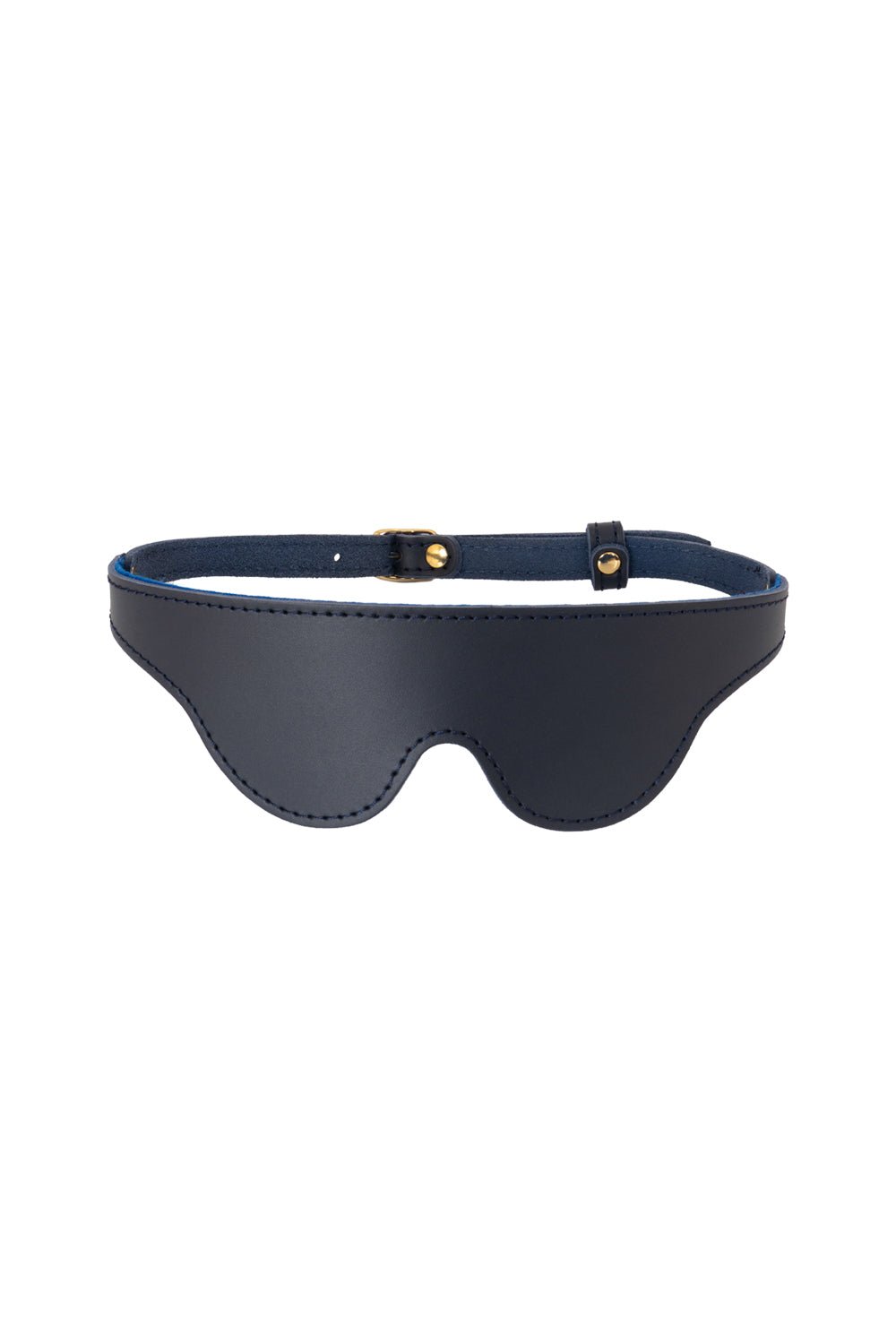

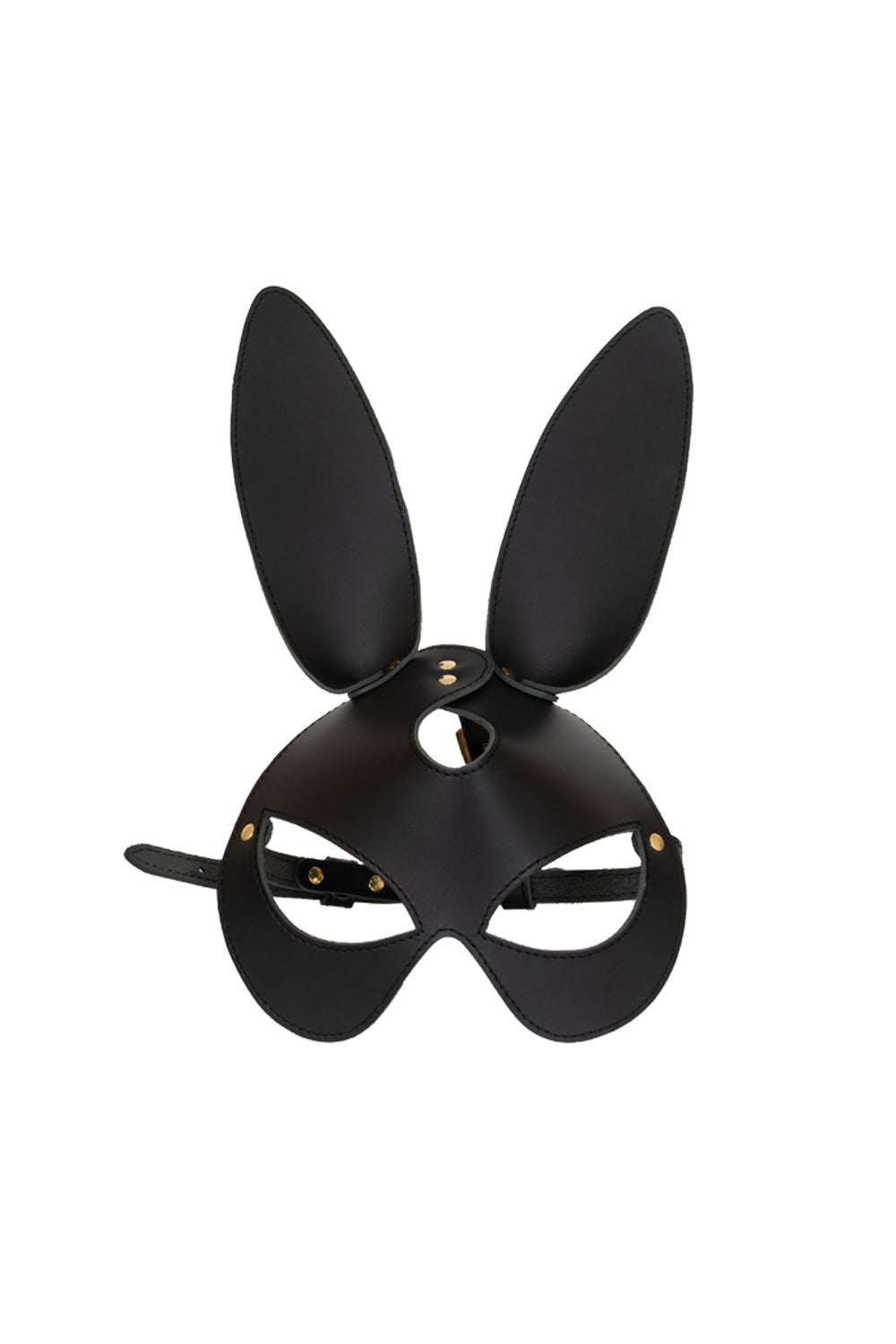



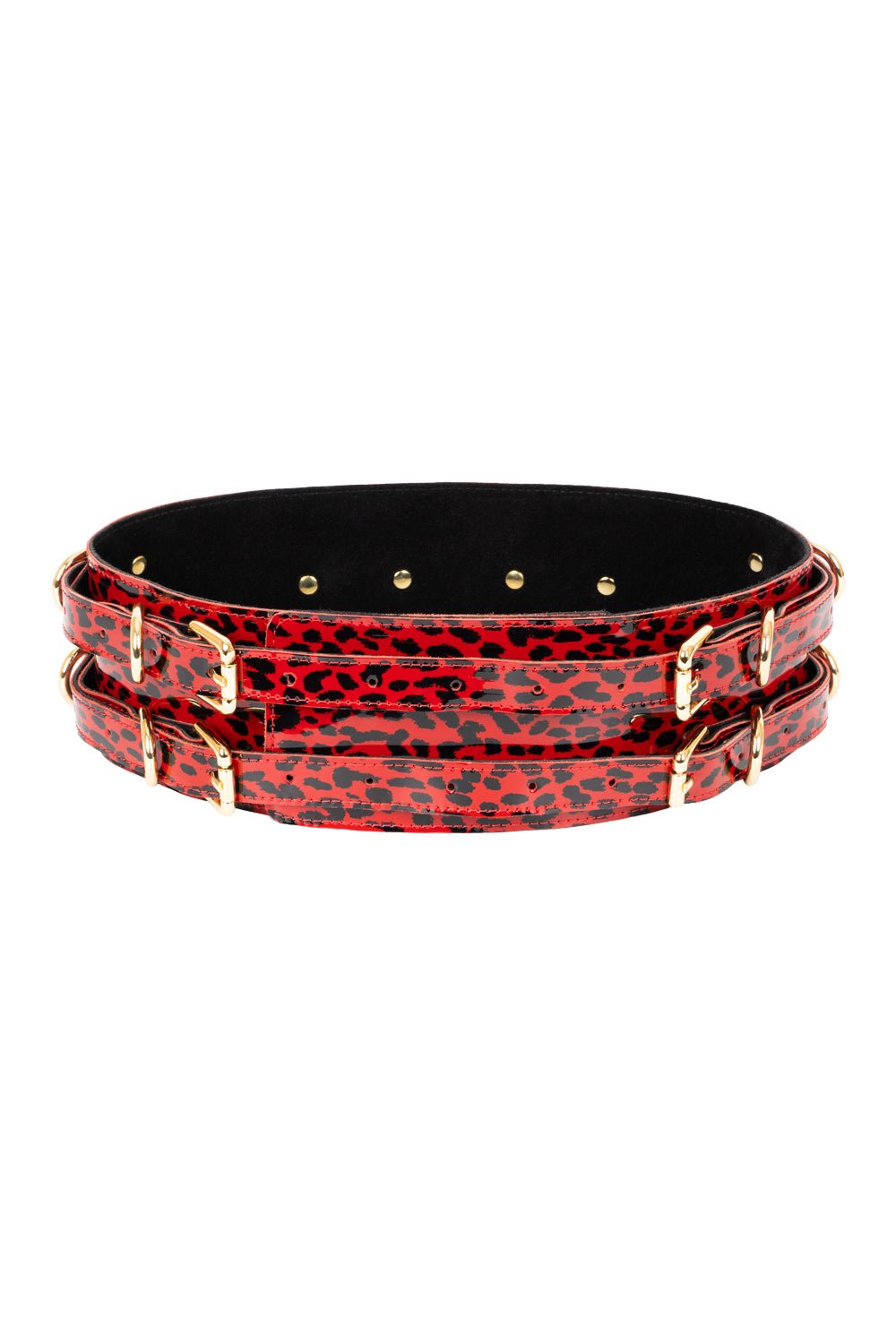

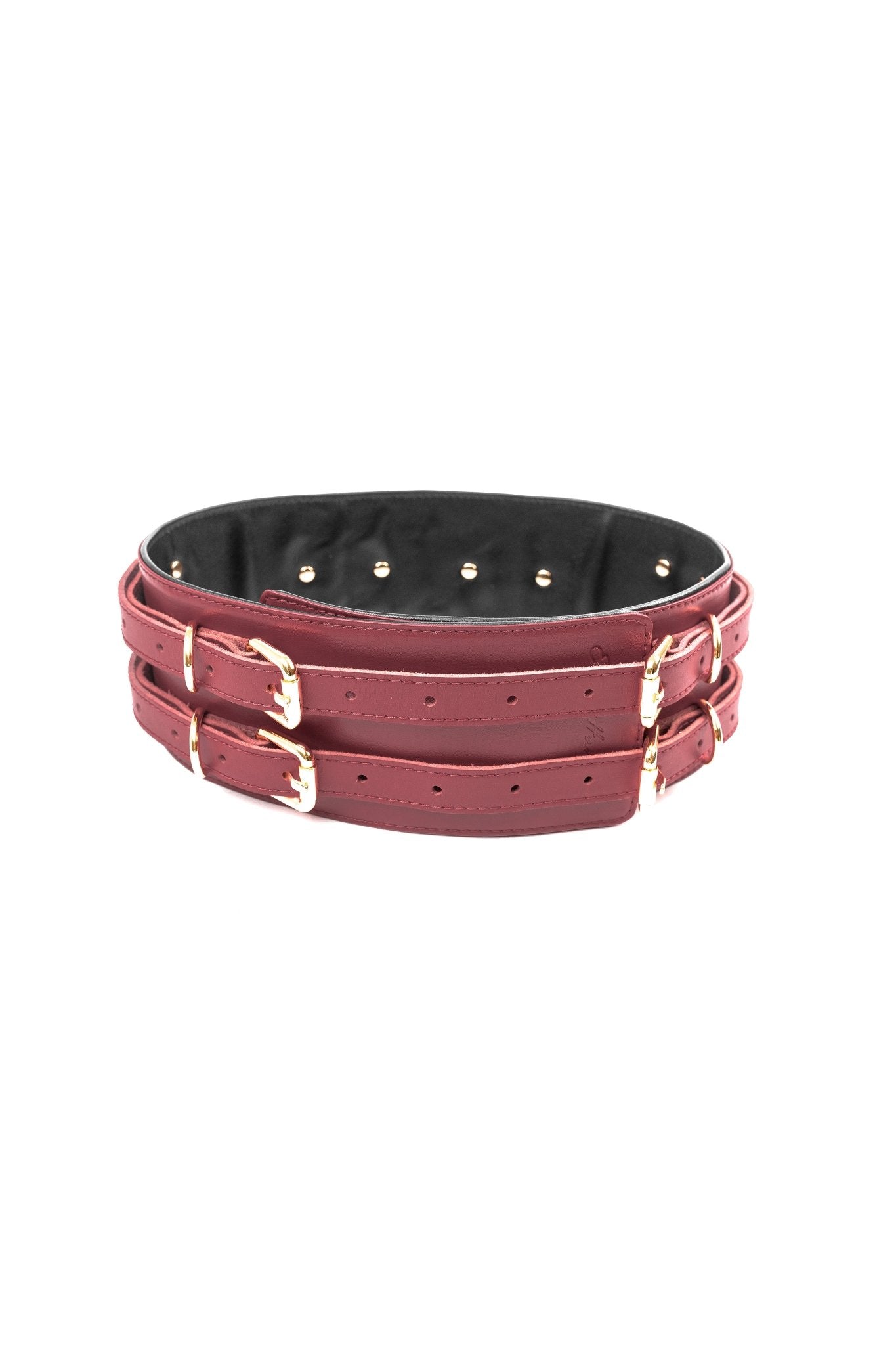





Leave a comment
This site is protected by hCaptcha and the hCaptcha Privacy Policy and Terms of Service apply.